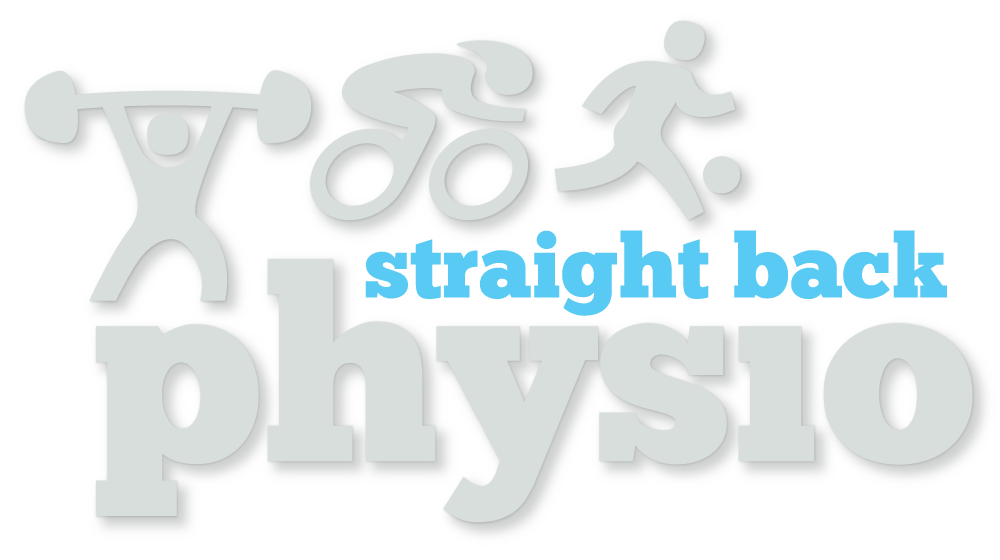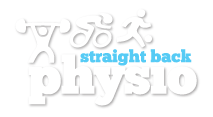sciatica treatment in Cheltenham
get back to living, get physio for sciatica
People suffering from sciatica commonly have a distinctive set of symptoms, the key characteristic is that pain radiates along the sciatic nerve. This means that sciatica can give hip to knee pain, knee to ankle pain, or even pain in your foot and into your toes. The pain from sciatica can significantly disrupt your daily activities, whether that is getting out of bed in the morning, experiencing back pain whilst driving, and nothing makes you want to skip the gym more than sciatica pain.
At Straight Back Physio, our experienced physiotherapists successfully diagnose and treat sciatica, helping our patients get pain relief from sciatica, regain function in their lower back, and return to their daily activities with confidence. You don't need to let your sciatica hold you back,
book an appointment with us today and take the first step towards a pain-free life.

How Long Does Sciatica Last
The length of time that sciatica lasts can vary greatly from person to person, and in most cases it will go away within 4-6 weeks, but in about 30% of people they can still have symptoms after a year.
Sciatica may recur, especially if the underlying cause isn’t treated. For example, if you use improper lifting techniques and developed sciatica after herniating a disc, continuing to use that same lifting technique puts you at risk of injuring your back again. Ultimately, the sooner you go and get treatment for your sciatica, the more likely you are to find long-term relief.
Sciatica rarely needs surgery, however in the rare circumstance where the nerve is severely compromised then surgery may need to be considered.
How is Sciatica diagnosed
Sciatica is diagnosed by by physical examination, scans if necessary, and previous medical history history. We will be looking to determine the origin of your sciatic pain, such as muscle strength tests, nerve mobility tests, and testing your range of motion in the lumbar region.
These tests will usually involve checking:
- Walking, as sciatica often causes visible changes in how you walk.
- Straight leg raise test, where on the examination table we slowly raise your legs one at a time as ask when you start to feel the pain.
- Flexibility and strength checks to determine if other factors are causing or contributing to your sciatica.

will physiotherapy help sciatica
Many people wonder if physiotherapy can assist with sciatica, and the answer is a resounding yes. Physiotherapy is an incredibly effective treatment option that not only alleviates pain and inflammation but also enhances physical function and mobility. With the incorporation of maintenance exercises, it can significantly reduce the chances of sciatica returning.
The main aim of using physio for sciatica is to gently ease the tension in painful soft tissues by promoting relaxation. This approach includes manual therapy, targeted exercises, sciatic nerve massage, and additional methods like dry needling, which is a specialized form of acupuncture for sciatica, all designed to deliver effective pain relief.

Physiotherapy and targeted physical exercises aim to enhance strength, flexibility, and mobility in the lower back, pelvis, abdomen, buttocks, and thighs. The choice of specific exercises for each person is tailored to their unique sciatica causes, pain levels, and overall fitness. Consistent commitment and regular practice are crucial for achieving positive results in treating sciatica through physiotherapy and exercise.
- Strengthening exercises help to achieve strong core muscles which relieve pain by supporting the spine and improve spine movement that lessens the chance of injury.
- Sciatic Nerve Stretches are useful because tight hamstrings can often be a source of pain causing a posterior tilt in the pelvis.
- Manual Therapy
that involves the patient performing gentle muscle contractions as the physio moves painful joints through a specific range of motion.
- Conditioning
targets your whole body, it is used to build strength, speed, agility, and movement.
- Acupuncture for sciatica
elicits a pain response from the tissues and relaxes the surrounding muscles. This decreases the strain on the sciatic nerve and increases blood flow to the area reducing pain and speeding up recovery of the injury that caused the sciatica.
- Shockwave therapy for sciatica
is a new, promising treatment option. While there is still much unknown about how exactly it works, there is evidence that it can be an effective treatment for the pain and inflammation associated with sciatica.
- Massage for sciatica helps because massaging the sciatic nerve provides a way to ease sciatica pain through a combination of: relaxing tight muscles, improving blood circulation, and reducing stress.
Book now
If you're an active individual who is dealing with sciatica pain while driving, running or trying to work out at the gym, it's reassuring to know that physiotherapy typically doesn't involve scans or invasive procedures like cortisone injections or surgery.
It's crucial to remember that healing from sciatica can take time, but private physiotherapy treatment for sciatica can provide long-lasting relief for most people.
We understand that some people may want to find out a bit more about the cost before they book an appointment at our physiotherapy clinic. Our unique save as you recover packages can save you up to 20% on the cost of a single session.
Insured
For insured clients we can either work directly with your insurance provider or offer receipts for cash-based plans, allowing you to reclaim your expenses.
Not Covered by Insurance
If you want see the best physiotherapist in your area, feel free to book an appointment at our Cheltenham physiotherapy clinic without needing a referral from your GP.
Why Choose Us
No other local physiotherapy clinic can match our level of expertise and rehabilitation services, thanks to our extensive experience and in-house gym facilities. You'll receive the full benefits of physiotherapy through a tailored combination of interventions designed to guide you on your path to recovery.

